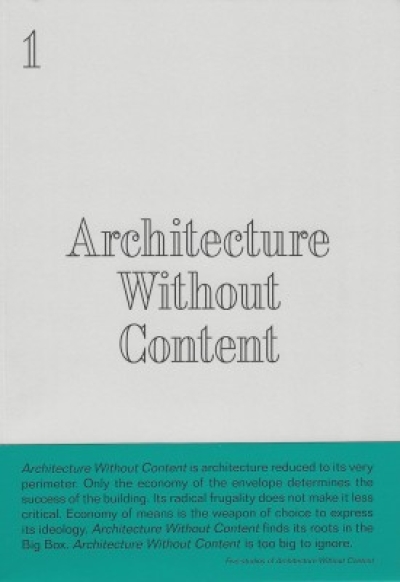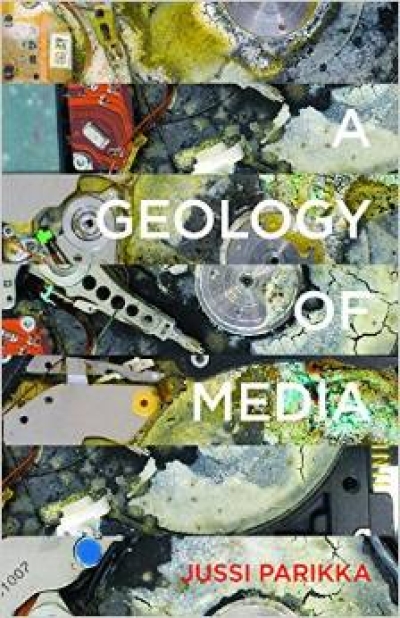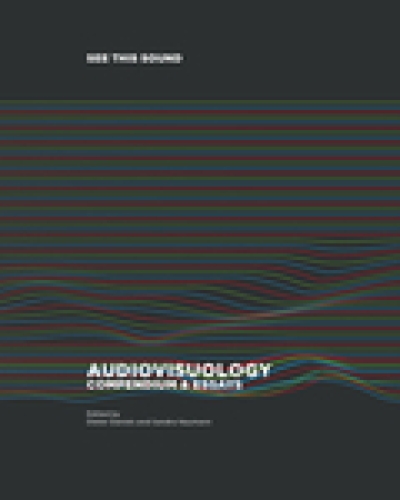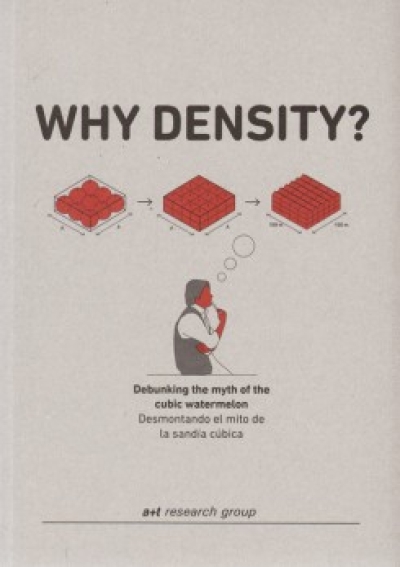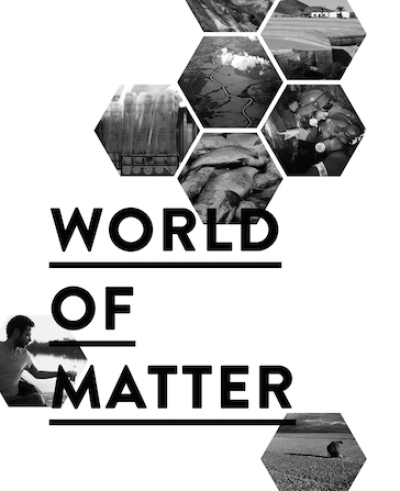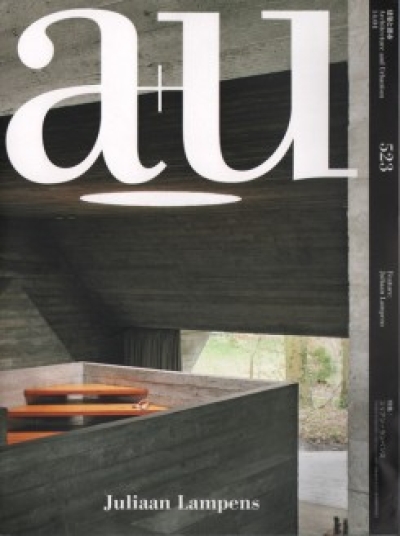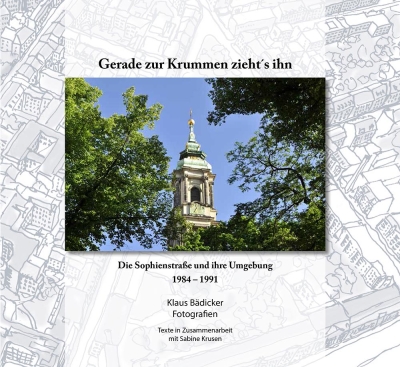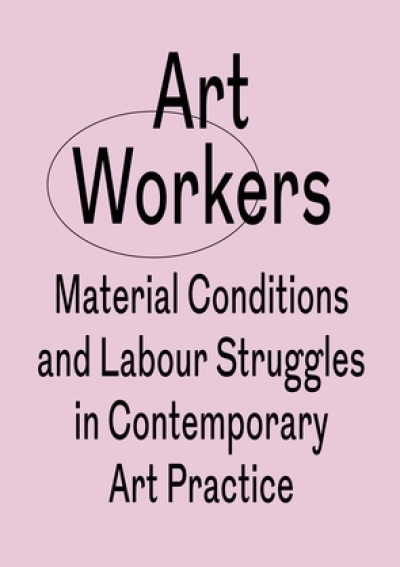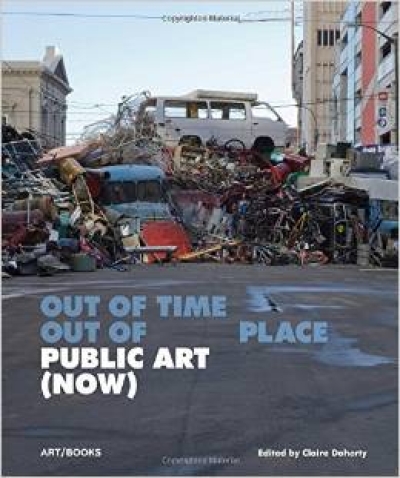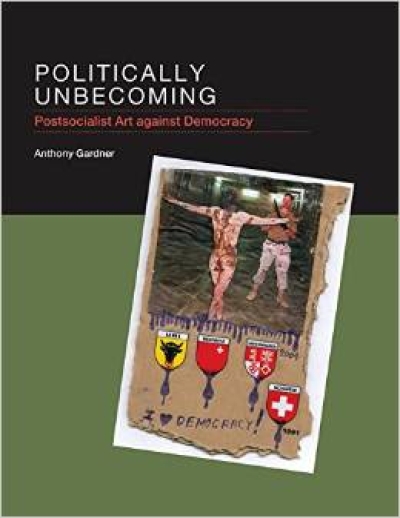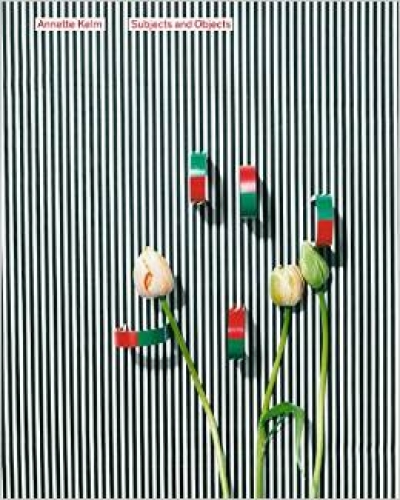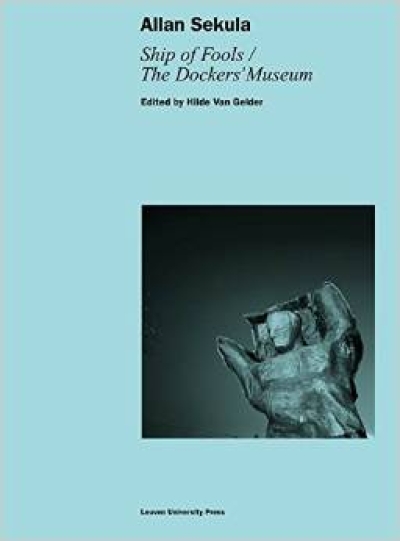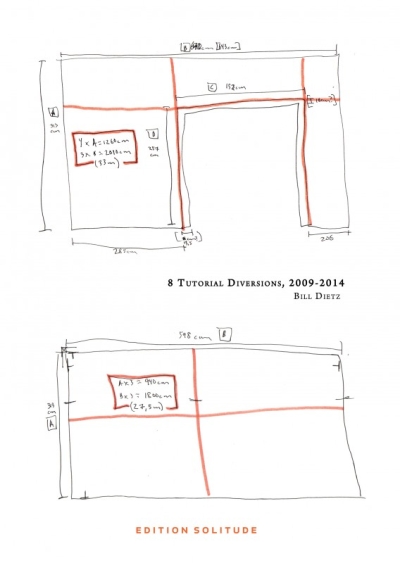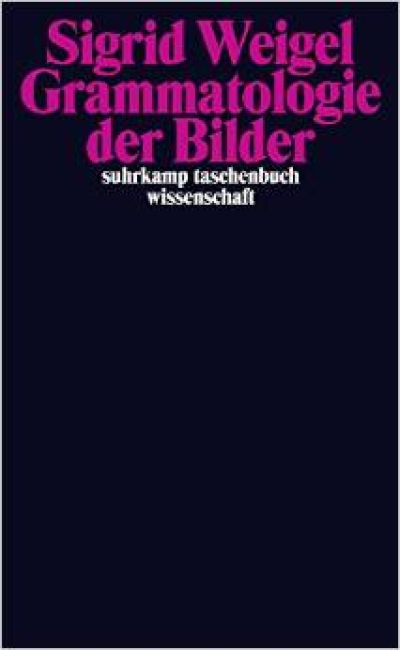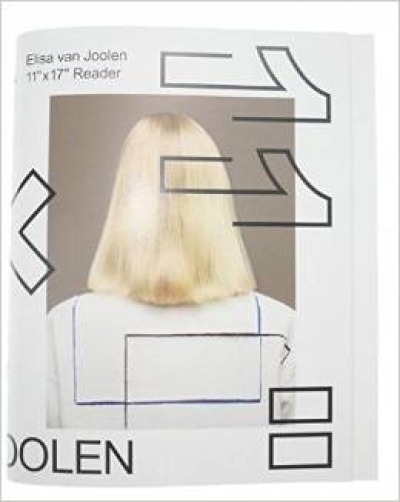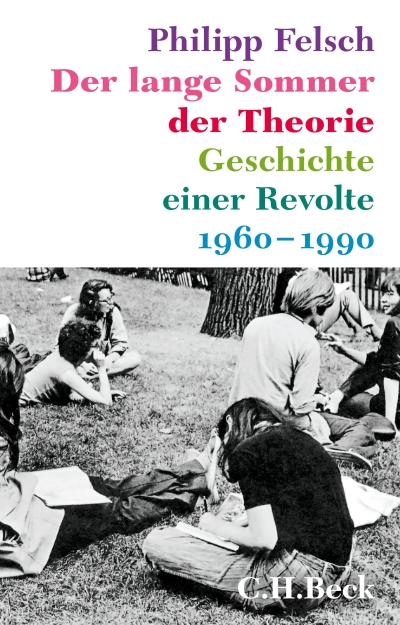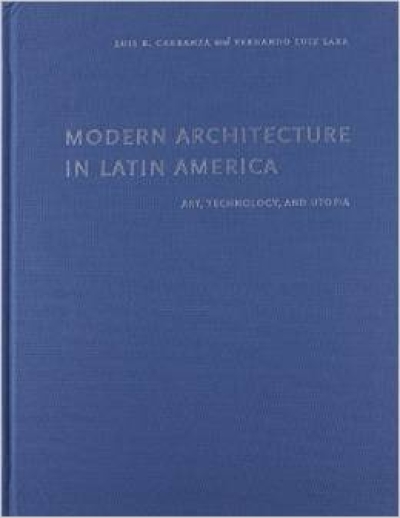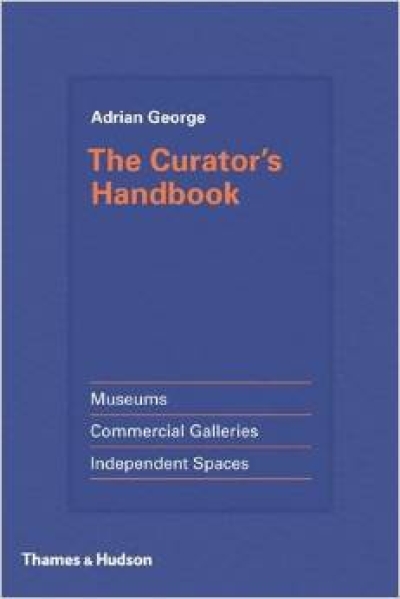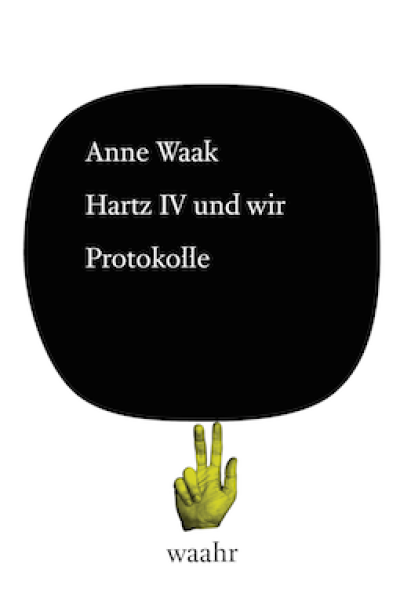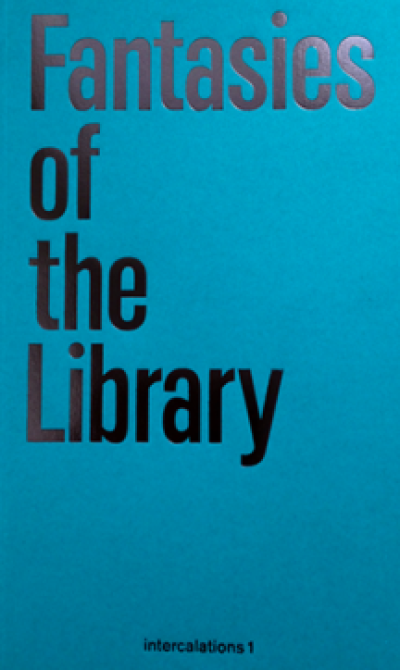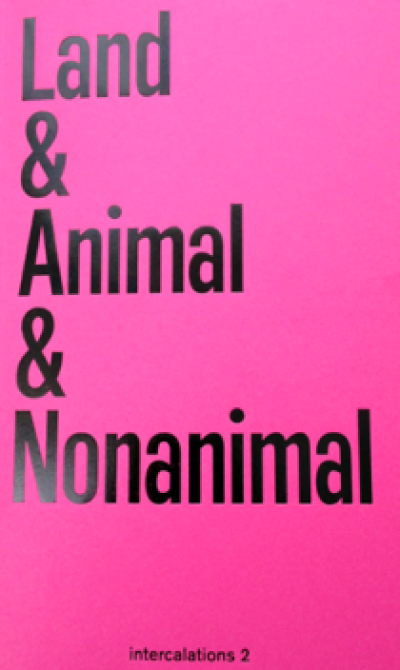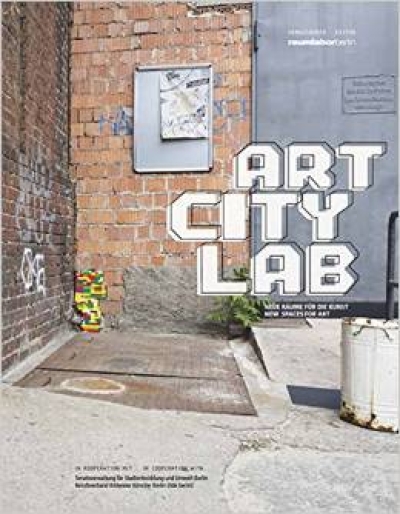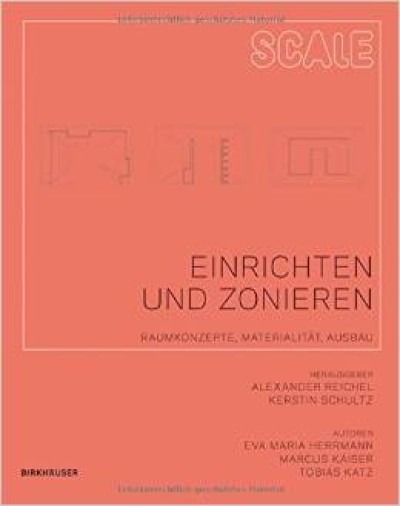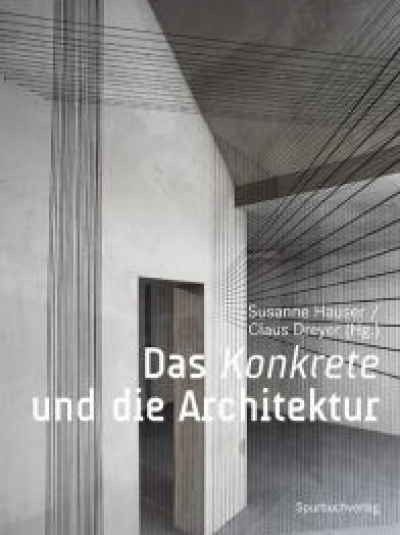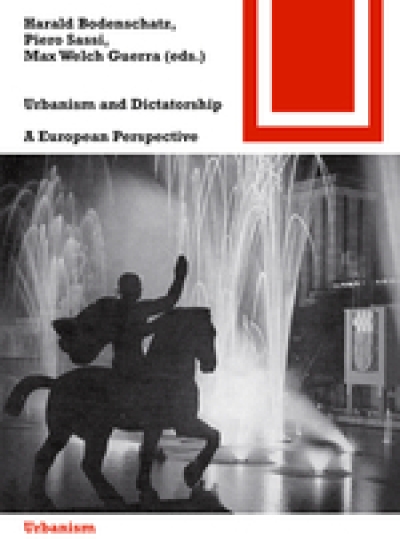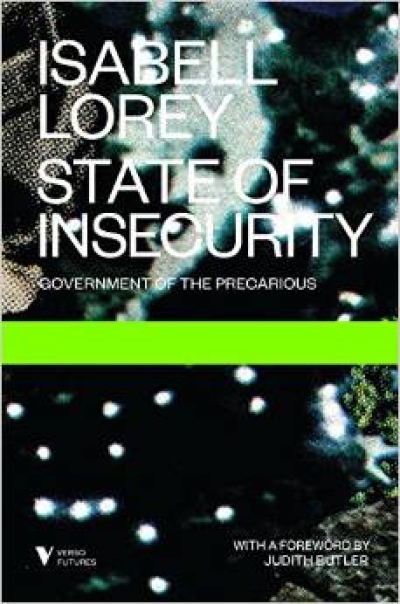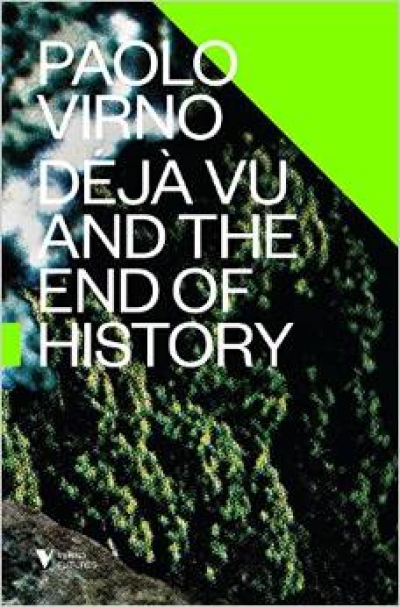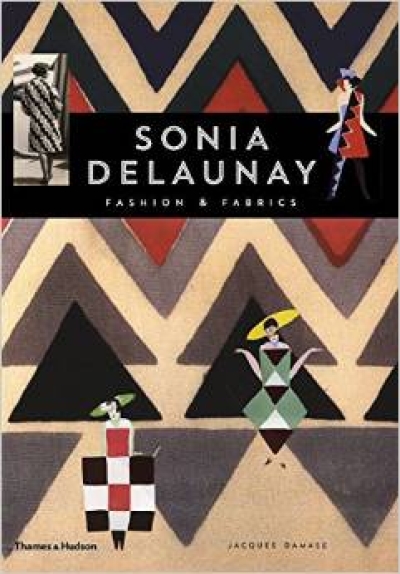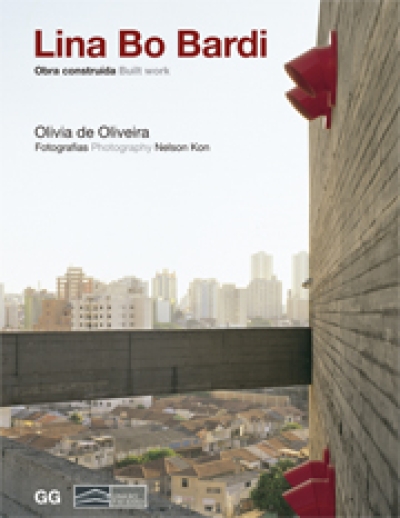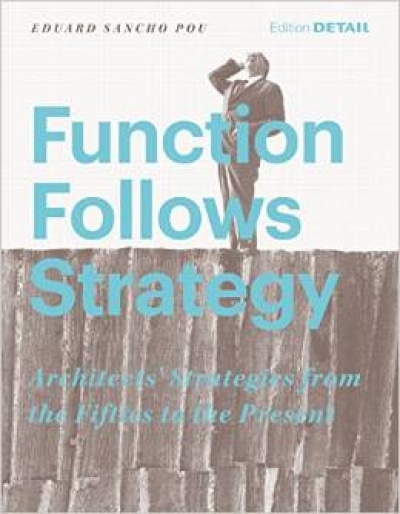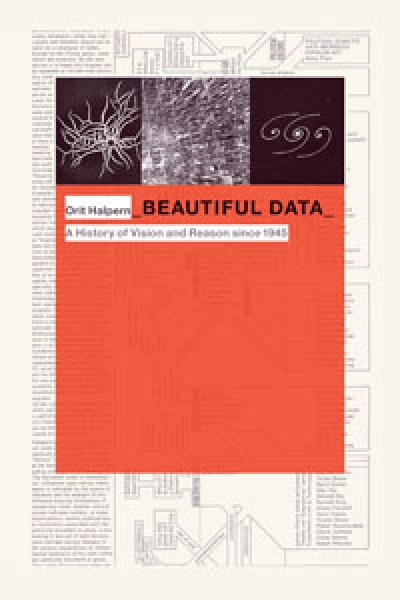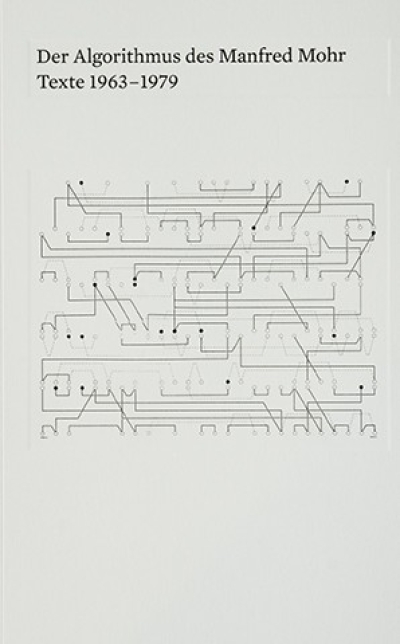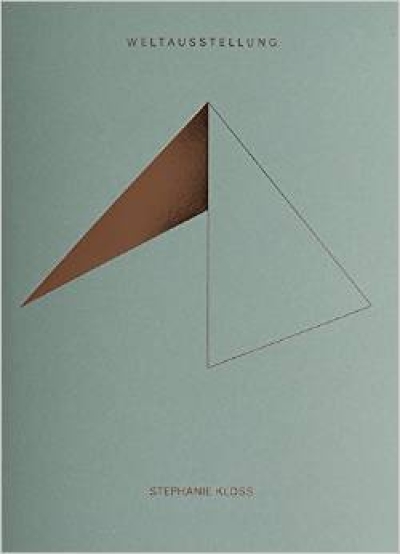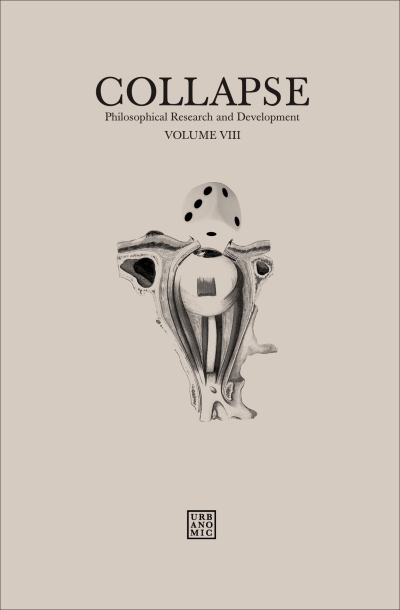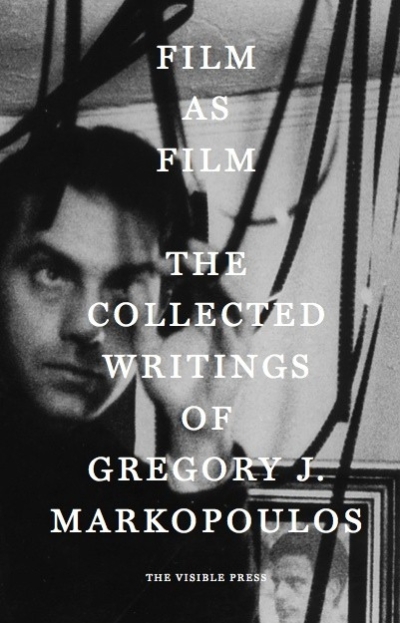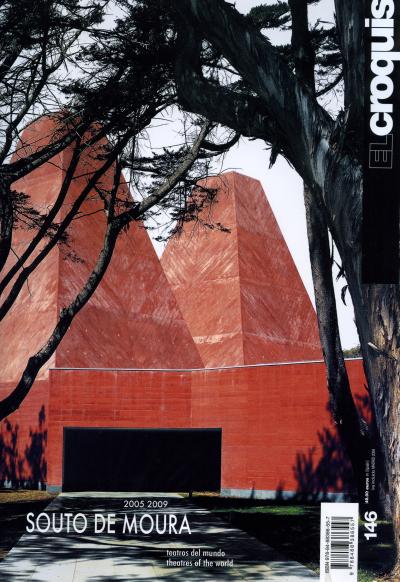
Souto de Moura 2005-2009. Theatres of the World.
I met Eduardo Souto de Moura in 1987 when I was a Projects student of his at the Porto School. Our brief, not always easy teacher/student relationship gave me the chance to discover his imaginarium, brimming with a multitude of authors and works that Eduardo loved to mention and bring into the class debates. Even back then, his imaginarium was more conceptual than ideological, which in my opinion distinguished him from many of his colleagues who had been marked by the political involvement of the Porto School in the revolutionary events of 25 April 1974 (the ‘Carnation Revolution’).
In 2005 we met again on the occasion of an exhibition about Portuguese architecture that we were organizing in Brazil —a memorable journey with other friends— and a text that an Austrian magazine invited me to write about him. Shortly afterwards, El Croquis published an issue about ten years of his work (1995/2005), in which Eduardo revealed his restless search for fresh conceptual sources to add to his others.
Four years later, a new issue about his recent work is being published, evidence of the enormous interest that his architecture has aroused both in Portugal and abroad. Today, Souto de Moura is a media architect, although this ‘consecration’ is no hindrance to his re-examination of his roots, his development, his references, the time he has spent with Álvaro Siza and his ‘drift’ beyond. Actually, the more ‘internationalized’ his architecture becomes, the more it seems to be a ‘homecoming’. That seems to be a good topic to begin our conversation.
http://blog.hellodesign.hu/2009/11/11/el-croquis-magazine-issue-146/
